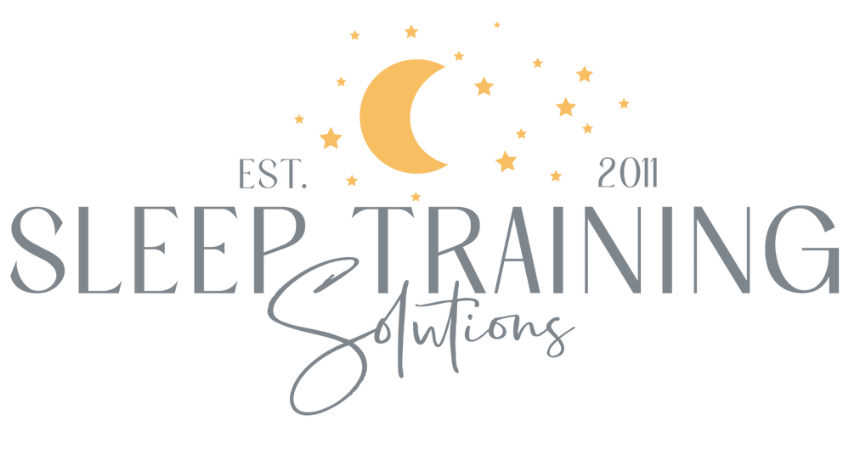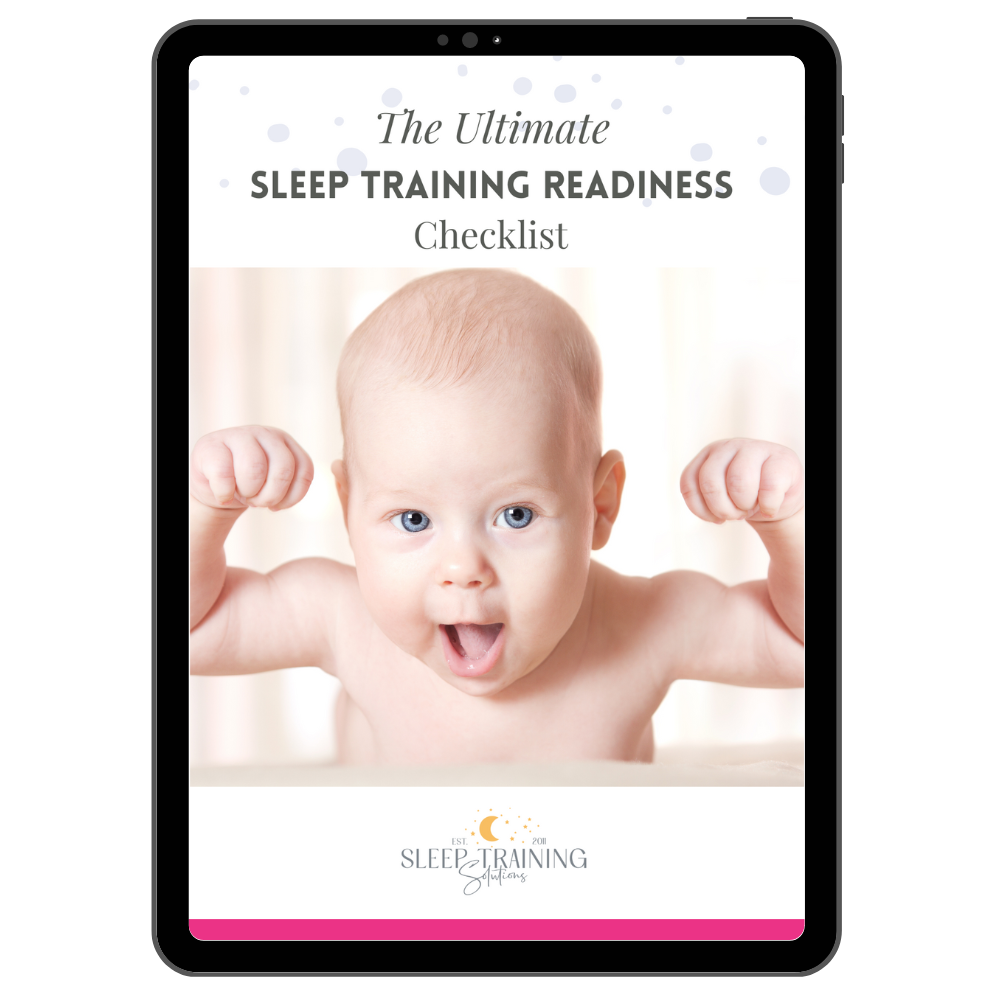When to wake a sleeping baby from a long nap
Should you ever wake a sleeping baby?
If you’re dealing with short naps right now, you’re probably thinking that it’s crazy to wake a sleeping baby from a nap! But in the beginning of sleep training, as sleep props are removed from the sleep situation and they start learning self-soothing skills, they can sleep a bit more as they are getting rid of that sleep debt. And then once babies have a solid foundation of sleep skills, their naps get longer too! I’m currently working with a few families that have asked if and when to wake a sleeping baby from a longer nap, so here’s some guidance!
Two scenarios when to wake a sleeping baby from a longer nap
There are two situations when to wake a sleeping baby from a long nap:
For newborns
One situation where it’s important to wake a sleeping baby is to help newborns stay on their regular daytime feeding schedule. We want to ensure they’re getting the appropriate number of feeds/ounces in each day. Please confirm with your pediatrician at what point you can let your baby sleep past a feed time – both during the day and overnight.Second, we would want to wake a sleeping baby to encourage more activity during the day – this can help adjust to daytime and nighttime (which happens around 6-8 weeks).
For babies 4 months and older
The second situation we would want to wake a sleep baby is to keep naps and night time on track.Your baby has two “buckets” for sleep – a daytime bucket and a nighttime bucket. If your baby uses up all the sleep in the day time bucket (see below for amounts by age) and then goes over that amount, it very well may take away from the sleep in the night time bucket. We want to preserve the 11-12 hours of night sleep because that’s prime sleep for growth and development!So if babies sleep over 12 hours overnight, that night time sleep can take away from the day sleep. Similarly, if a baby sleeps too many hours during the day, it can make it harder to sleep all the way through the night.
We also don’t want one nap to be super long and “use up” a big chunk of that allotted daytime sleep. If your 4 month old takes a 2.5 hour nap, that would only leave about 1.5 hours for the other 2-3 naps. It’s much better to wake the baby and spread out that sleeping time a bit more evenly between the naps.
Thinking about starting sleep training? Download your free PDF to help set you up for success!
Guidelines for amount of nap sleep by age:
The American Academy of Pediatrics does not recommend a specific amount of sleep for newborns, but a general guideline is 14-17 hours in a 24-hour period.
All babies over 4 months need 11-12 hours of sleep at night, but nap time varies by age:
4 months old – 4 hours of nap sleep/day during 3-4 naps
5 months old – 3.5 hours of nap sleep/day during 3 naps
6-10 months – 3 hours of nap sleep/day during 2 naps (may still need a 3rd catnap until ~7 months)
11-12 months – 2.75-3 hours of sleep/day during 2 naps
If your baby isn’t getting 11-12 hours of sleep overnight (with one night feed for babies 6 months and younger, when needed) and/or your baby isn’t getting these amounts of nap time, check out my DIY baby sleep course!
How to wake a sleeping baby from a long nap
No one likes to wake up when they’re sleeping soundly, so we want to do it as gently as possible.
Newborns can sleep anywhere – in a brightly lit family room with siblings running around to a more quiet spot. Since they are getting so much day sleep, they can be so drowsy! To help wake them up, unswaddle and then pick them up, stroking their back. If that doesn’t work, try changing the diaper. That temperature change is usually enough to wake them up.
For babies 4 months and older, go into the bedroom, turn off the white noise, open the shades (if your blackout shades make it easy to do so), or turn on the light. If your baby is still soundly sleeping, make some noise in the hallway. Still sleeping? Start rubbing your baby’s back and talking softly to wake up.
Can a baby sleep too much?
Related Posts:
This post is for informational purposes only and may not be the best fit for you, your child and/or your personal situation. It shall not be construed as medical advice. The information and education provided here is not intended or implied to supplement or replace professional medical treatment, advice, and/or diagnosis. Always check with your child’s physician or medical professional before trying or implementing any information read here.






